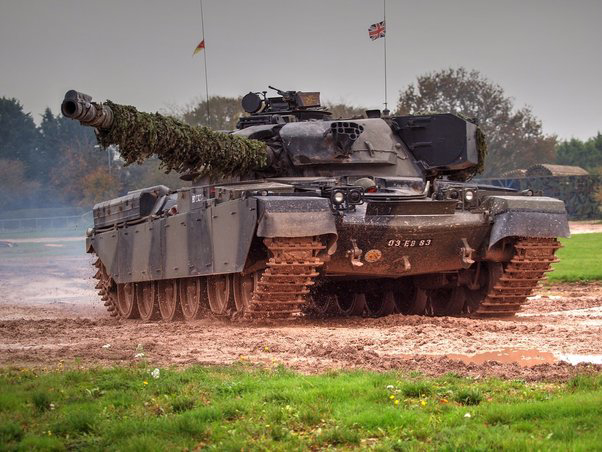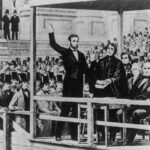Was the British Chieftain a bad tank?
Was the British Chieftain a bad tank? The British Chieftain tank, introduced in the 1960s, was a mixed bag. It had some revolutionary features but also some significant drawbacks, especially when compared to contemporaries like the American M60 and the Soviet T-62. Here’s a breakdown:
Pros:
Armor:
The Chieftain was one of the best-protected tanks of its time, with excellent frontal armor. Its design influenced future British tanks, notably the Challenger series, which prioritized heavy armor.
Main Gun:
It had a powerful 120mm L11 rifled gun, which was highly accurate and packed a punch. It had an edge over many of its counterparts in terms of firepower and range.
Low Profile:
Its relatively low silhouette made it harder to hit, and this, combined with strong frontal armor, allowed it to excel in defensive positions.
Cons:
- Engine Reliability: The tank was plagued by a problematic engine and transmission, which often broke down and required frequent maintenance. This issue particularly affected its operational readiness and limited its effectiveness in prolonged engagements.
- Speed and Mobility: The Chieftain was relatively slow, and its heavy armor made it less agile than some other tanks of its era. This became a disadvantage in scenarios where maneuverability was critical.
- Crew Ergonomics: While this improved over time, early models had subpar ergonomics, and crew comfort was often an issue.
Overall Assessment:
The Chieftain wasn’t a “bad” tank in the traditional sense, as it had impressive firepower and armor for its time, but its mechanical issues and lack of mobility restricted its overall effectiveness. In certain environments, like defensive positions or static warfare, it could shine, but it lagged behind in reliability and versatility on the open battlefield.


